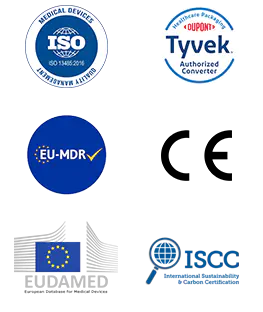As the medical industry advances toward stricter safety standards and global sustainability expectations, the materials used in packaging medical devices have become a focal point. Among these, medical packaging made of Tyvek continues to gain attention for its unique combination of microbial barrier performance, sterilization compatibility, and long-term integrity.
Content
Barrier Protection and Sterilization Compatibility
One of the critical requirements in medical packaging is protection against contamination. The structure of Tyvek offers a high level of microbial barrier, preventing the ingress of bacteria and particles even under challenging transport or storage conditions. This level of protection supports not only sterile device integrity but also the broader goal of infection control throughout the healthcare supply chain.
In addition to barrier properties, Tyvek is compatible with a range of sterilization methods, including ethylene oxide, gamma irradiation, and steam. This versatility is particularly valuable in manufacturing workflows where different sterilization protocols must be accommodated depending on the nature of the medical device or regional regulatory preferences.
Sustainability and Industry Response
With environmental concerns increasingly influencing regulatory policy and procurement strategies, the recyclability of Tyvek has sparked industry interest. Manufacturers and healthcare providers are seeking packaging solutions that align with circular economy goals without compromising on performance. Medical packaging made of Tyvek demonstrates promise in this area, aligning with ongoing initiatives to reduce waste and adopt sustainable materials across product life cycles.
This convergence of high-performance protection and environmental responsibility has made the use of Tyvek packaging a subject of frequent discussion in industry forums and hospital procurement circles.
Long-Term Shelf Stability and Device Integrity
Medical devices often require packaging that maintains sterility and protection over extended storage periods. Tyvek’s resistance to tearing, puncturing, and aging ensures that packaging remains intact through transportation, warehousing, and final point-of-care handling. These mechanical properties contribute to maintaining the functional reliability of medical products, especially those sensitive to environmental changes.
This is particularly important in the pharmaceutical and diagnostics sectors, where maintaining sterility and preventing micro-contamination are essential for patient safety and regulatory compliance.
Clean Peel and Sterile Presentation
Another aspect of Tyvek packaging that receives consistent recognition is its “clean peel” characteristic. During opening, the material generates minimal particulate release, reducing the risk of contaminating sterile fields during surgical procedures or clinical use. This clean and consistent opening experience supports aseptic technique, making Tyvek packaging a trusted component in operating rooms and laboratories.
Integration with Traceability and Identification Technologies
Medical packaging today must support more than just physical protection—it must also facilitate digital tracking and identification. Packaging made of Tyvek can be effectively combined with modern traceability systems such as barcodes or embedded identification tags. This integration supports compliance with global traceability regulations, including Unique Device Identification (UDI) systems, while also aiding inventory management and authenticity verification.
For manufacturers, these capabilities are increasingly valuable in managing complex global supply chains and responding to growing demands for transparency in medical device distribution.
Application in High-Risk and High-Value Devices
The mechanical strength and sterilization compatibility of Tyvek packaging have led to its growing adoption in the packaging of critical devices, including implantables, catheters, and advanced diagnostic tools. These devices often require packaging that can withstand multiple stress factors—from sterilization to international shipping—while maintaining sterile conditions until the point of use.
The ability of Tyvek to meet these stringent demands has positioned it as a reliable choice for packaging where device performance and patient safety cannot be compromised.
As global healthcare systems continue to evolve, the expectations placed on medical packaging will only increase. Medical packaging made of Tyvek is meeting this challenge by offering a combination of physical durability, sterile reliability, and environmental consideration. For manufacturers, regulatory bodies, and healthcare providers alike, such materials represent the intersection of innovation and responsibility.
hopewayamd remains focused on exploring these evolving material technologies, contributing to packaging solutions that align with clinical, logistical, and ecological priorities.

 English
English Français
Français Deutsch
Deutsch Nederlands
Nederlands

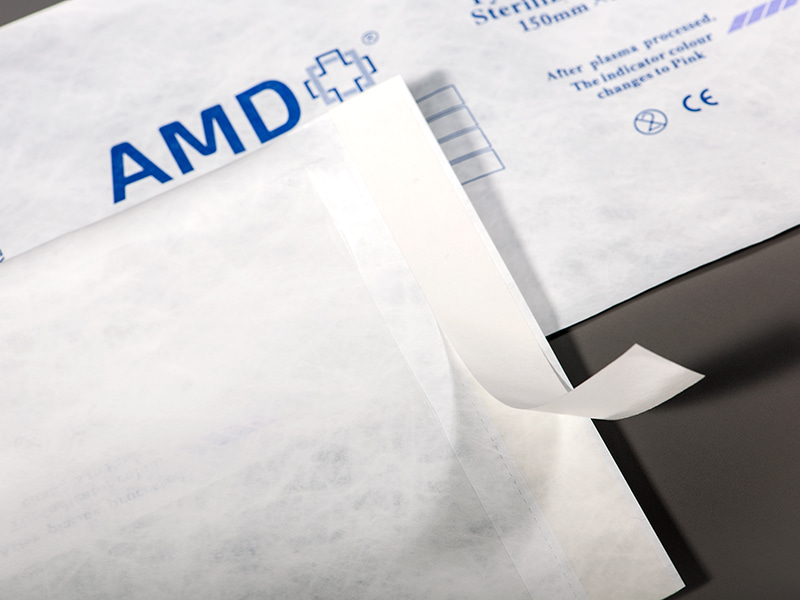
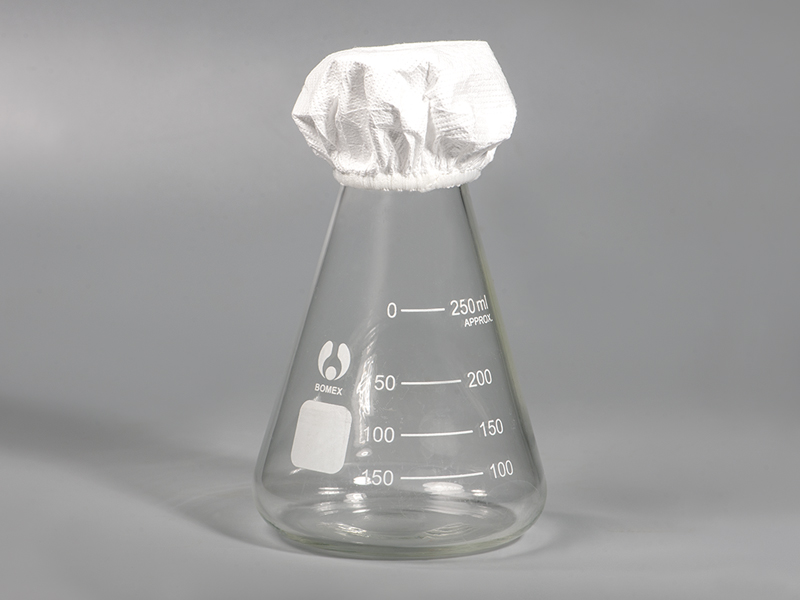
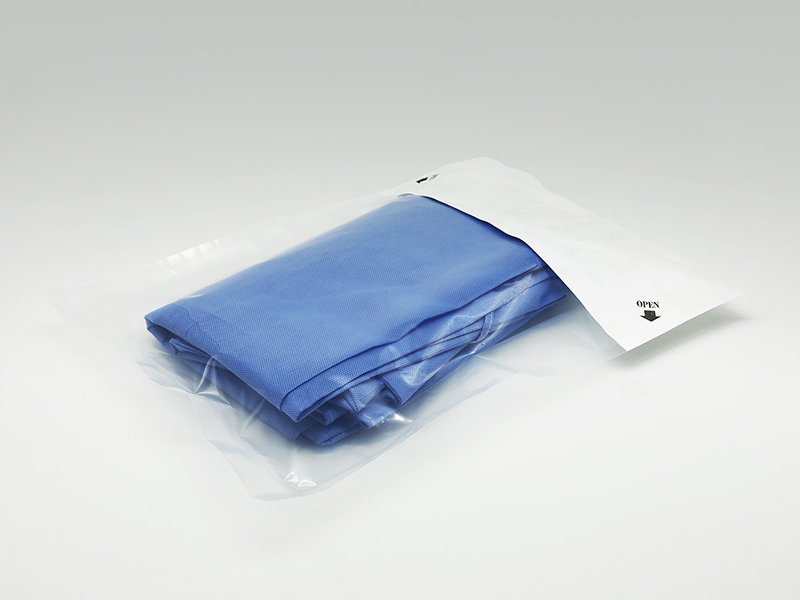


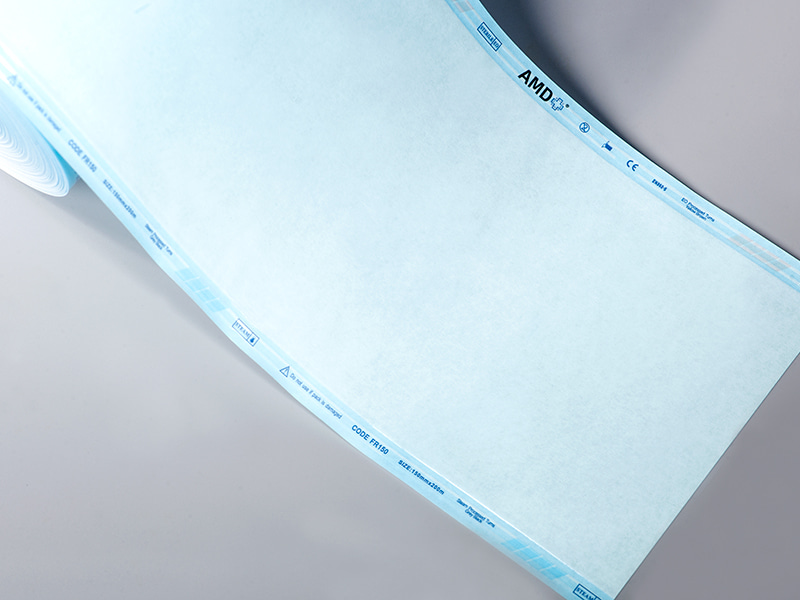
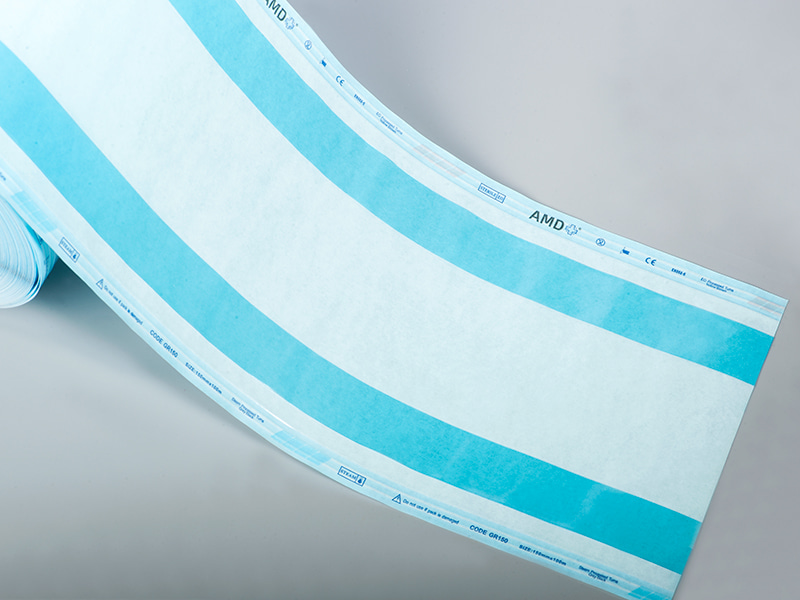
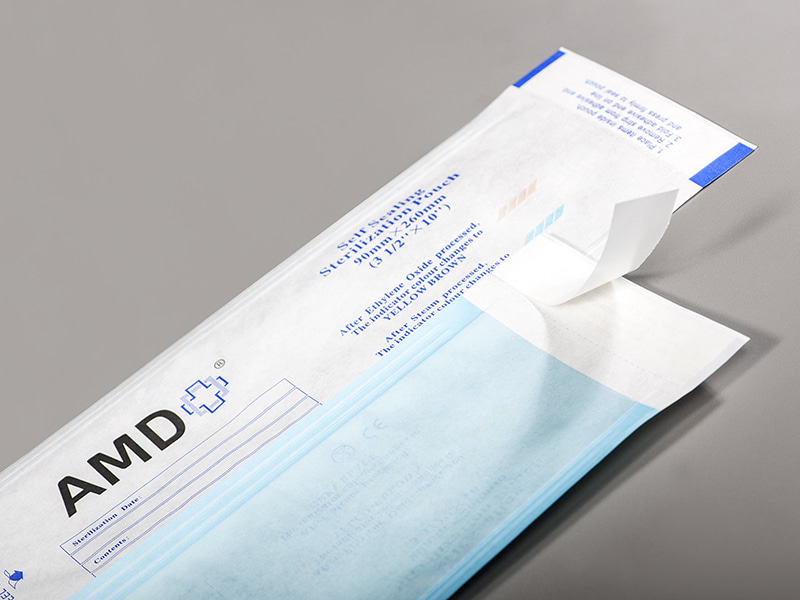
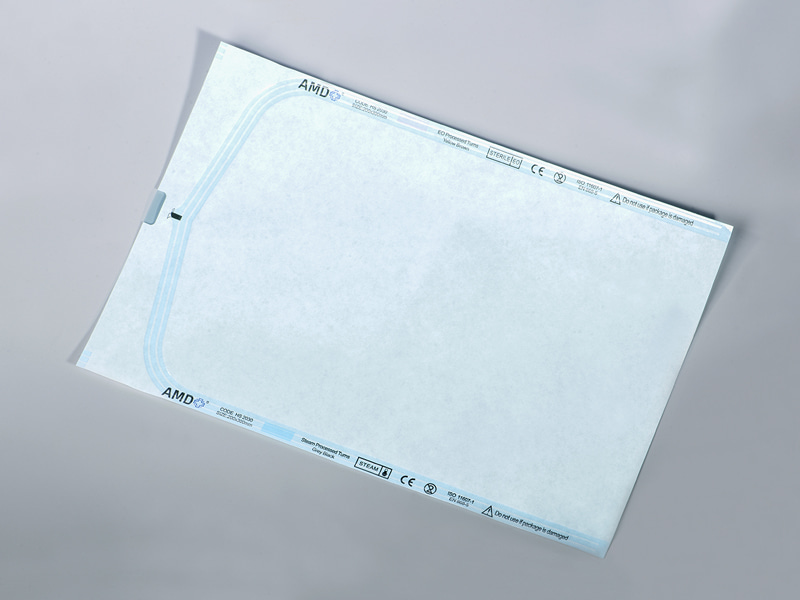
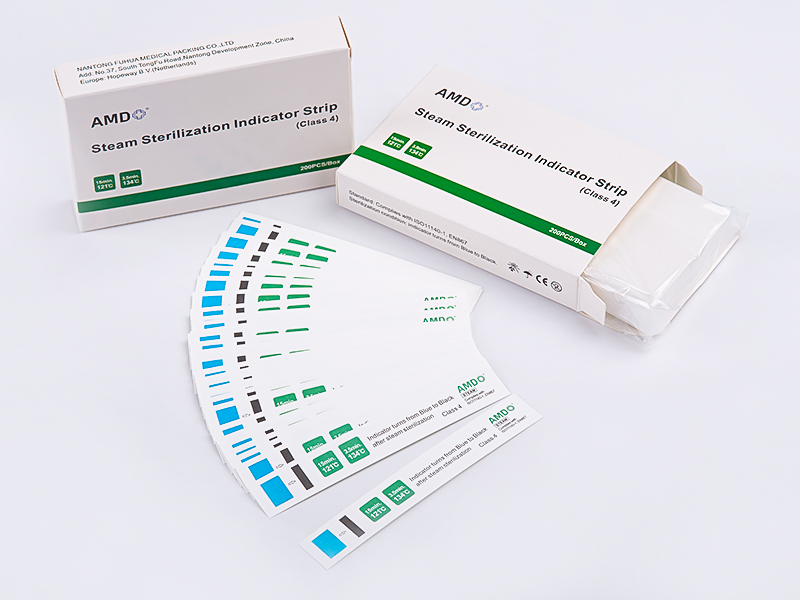
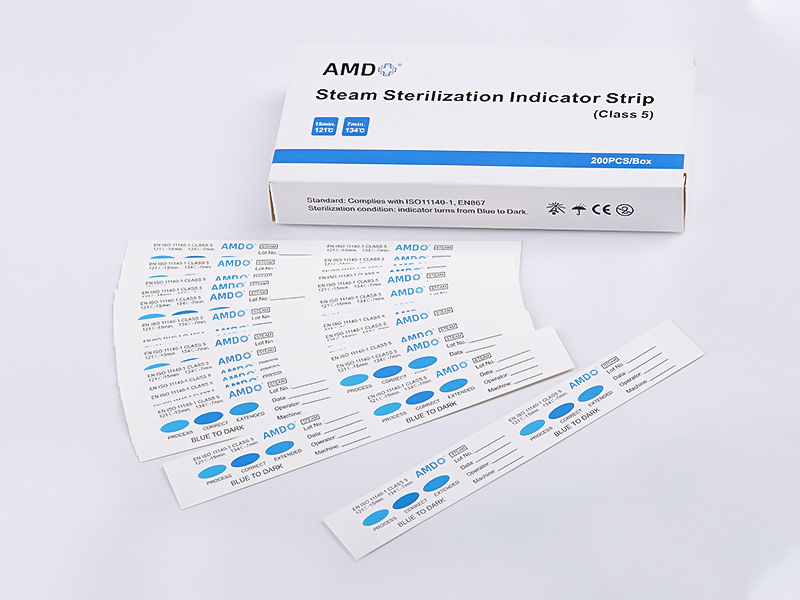

 ‘s-Gravenweg 542, 3065SG RotterdamThe Netherlands
‘s-Gravenweg 542, 3065SG RotterdamThe Netherlands
 +31 (0)10 254 28 08
+31 (0)10 254 28 08
